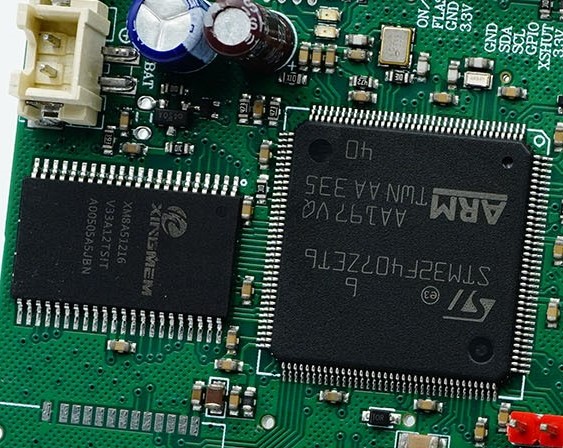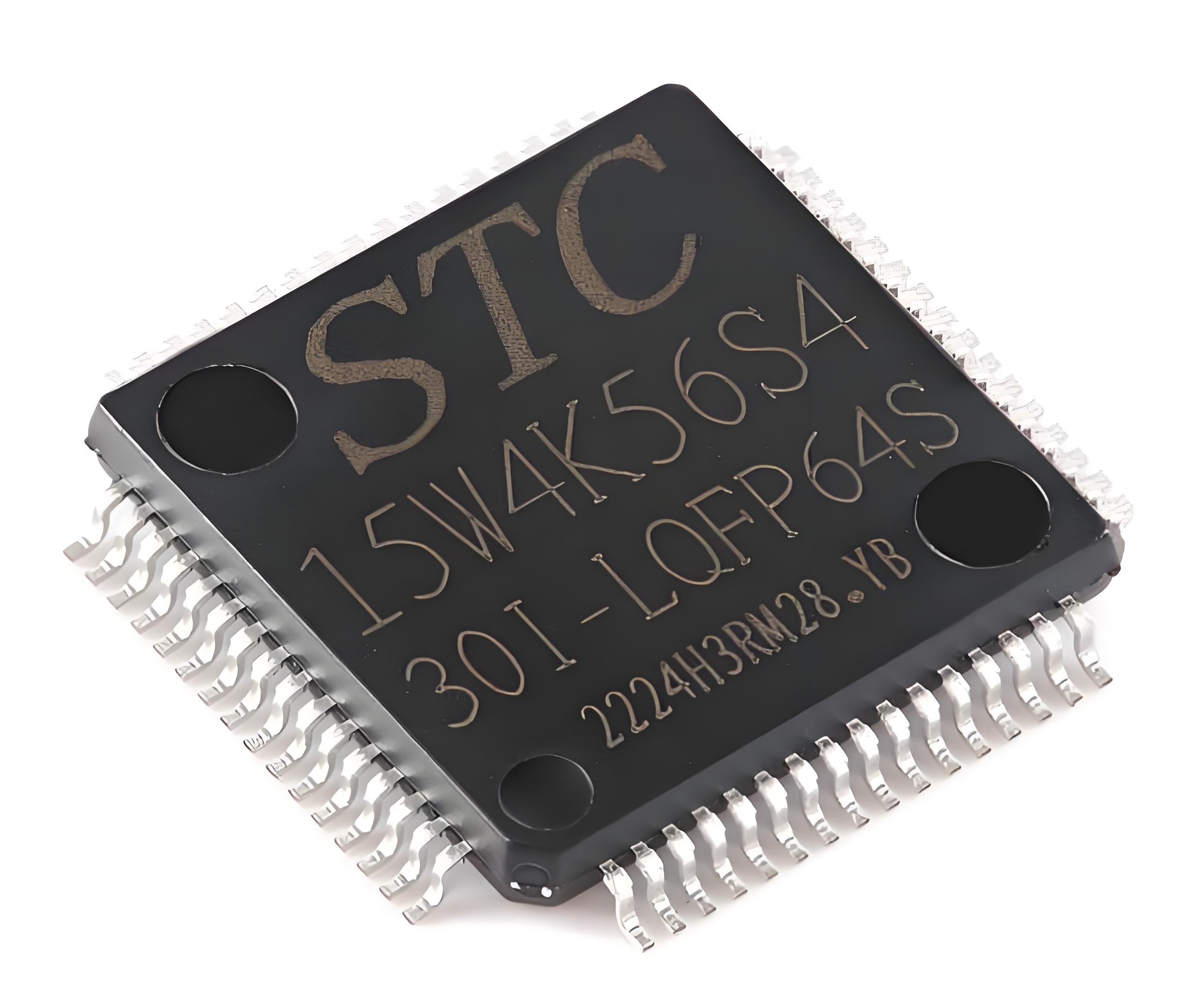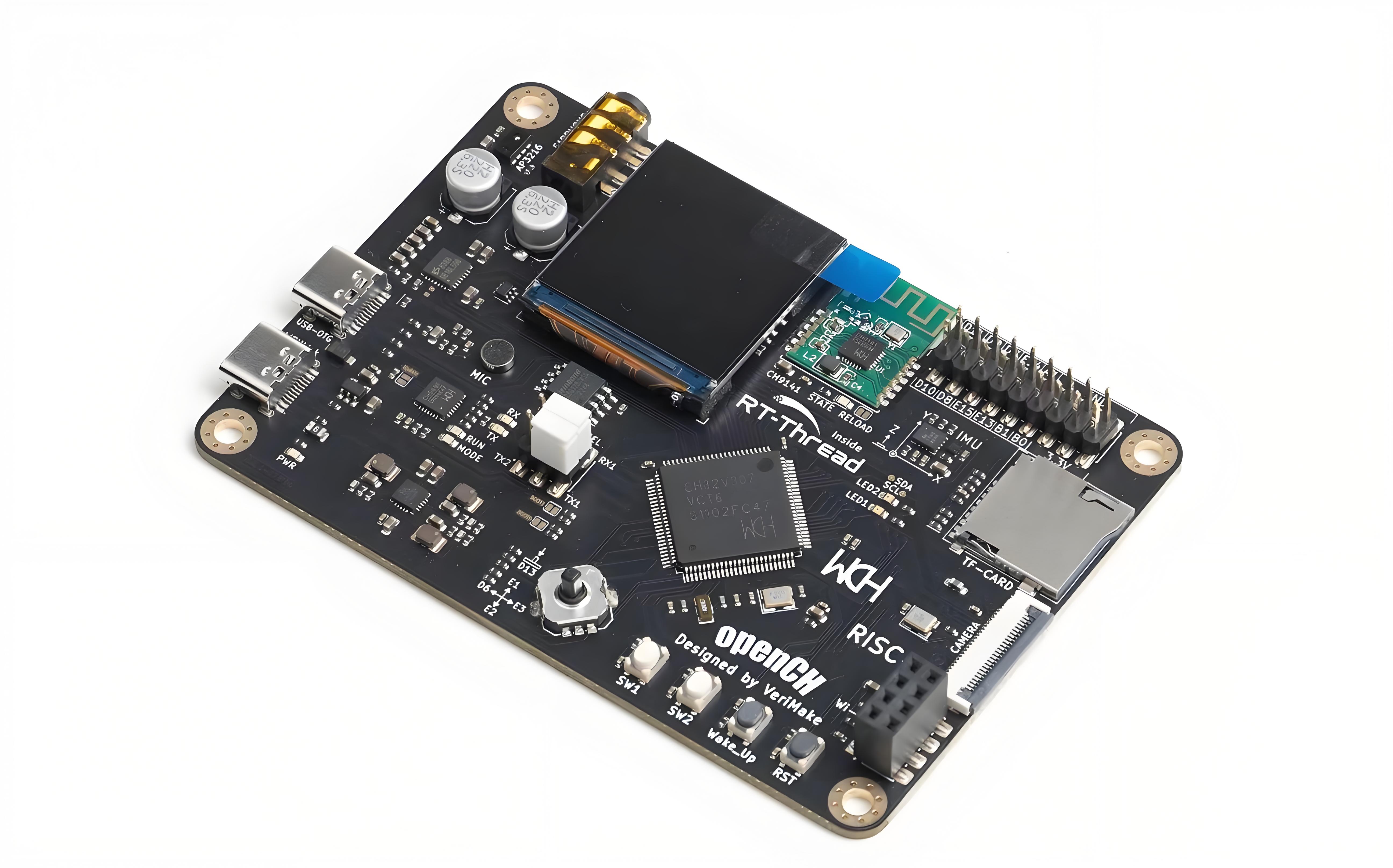Embedded Software Design for Processors Based on ARM, MCS51, and RISC-V Architectures
Embedded software design involves developing efficient and reliable software tailored for specific hardware architectures to meet the functional requirements of a device. Below is an overview of the characteristics and design methodologies for processors based on ARM, MCS51, and RISC-V architectures.
1. ARM Architecture
Characteristics:
- High Performance and Low Power: Widely used in IoT, smartphones, and embedded systems.
- Multiple Instruction Sets: Supports ARM, Thumb, and Thumb-2 instruction sets.
- Multi-core Support: Common in real-time task scheduling systems.
- Rich Peripherals: Includes built-in DMA, GPIO, timers, UART, SPI, etc.
- Toolchain Support: Compatible with various tools (Keil, IAR, GCC, etc.).
Design Methodology:
- Startup File Design:
- ARM systems use a startup file to initialize stack pointers, allocate interrupt vector tables, and set up system peripherals.
- The CMSIS library (Cortex Microcontroller Software Interface Standard) simplifies hardware access.
- RTOS Integration:
- ARM processors are often paired with RTOS (e.g., FreeRTOS, RT-Thread) to handle real-time requirements.
- Configure the SysTick timer as the RTOS system tick.
- Driver Development:
- Develop peripheral drivers using HAL (Hardware Abstraction Layer) or direct register access.
- Optimize low-power modes (e.g., Sleep, Deep Sleep).
- Low-Power Design:
- Use ARM Cortex-M series instructions like WFI/WFE to enter low-power states.
- Configure power management registers (e.g., PWR) for sleep and wake-up control.

2. MCS51 Architecture
Characteristics:
- 8-bit Microcontroller: A classic architecture suitable for simple, low-cost embedded systems.
- Limited Resources: Typically features small RAM and ROM (e.g., 256 bytes of RAM, 8 KB of ROM).
- Single-Cycle Instruction Set: Optimized for basic control logic tasks.
- Programming Languages: Supports C and assembly.

The above image shows commonly used, higher-performance, and low-cost MCS51 MCU STC 15Wxxx
Design Methodology:
- Startup File Design:
- Initialize the stack pointer (SP), configure interrupt priorities, and initialize peripherals.
- Startup code is usually written directly in the main C file without a complex startup file.
- Interrupt-Driven Design:
- Leverage MCS51’s simple interrupt priority mechanism for moderately time-sensitive tasks.
- Configure interrupt registers (e.g., IE, TCON) for peripherals like Timers and UART.
- Memory Optimization:
- Use lightweight C compilers (e.g., Keil C51) and memory models (
data,idata,xdata) to optimize resource usage. - Avoid dynamic memory allocation and prefer static variables.
- Use lightweight C compilers (e.g., Keil C51) and memory models (
- Low-Power Design:
- Use the chip’s power management features to enter idle or power-down modes.
3. RISC-V Architecture
Characteristics:
- Open-Source Architecture: Highly extensible and suitable for customization.
- Modular Instruction Set: Supports a base integer set (RV32I/64I) and extensions (e.g., RV32M, RV32F).
- High Portability: Applicable to devices ranging from microcontrollers to high-performance processors.
- Toolchain Support: Compatible with GNU toolchains (GCC, GDB) and LLVM.

The above image is of Nanjing Qinheng Microelectronics Co., Ltd. RISC-V: CH32V.
Design Methodology:
- Startup File Design:
- Startup code is typically written in assembly to configure the stack pointer and initialize memory.
- Load
.text,.data, and.bsssections, and set up interrupt vector tables.
- Interrupt and Exception Handling:
- Configure the interrupt controller (e.g., PLIC: Platform-Level Interrupt Controller).
- Use M-mode (Machine Mode) for critical exceptions, with S-mode/U-mode for task segregation.
- RTOS Support:
- FreeRTOS supports RISC-V; implementation requires handling timer interrupts and context switching.
- Configure RISC-V CSR (Control and Status Registers) for system state management.
- Performance Optimization:
- Utilize hardware multiplication/division extensions (M extension) and floating-point extensions (F extension).
- Optimize instruction execution efficiency through cache management and pipeline tuning.
General Design Principles
- Memory Optimization:
- For resource-constrained devices, avoid dynamic memory allocation.
- Use DMA to offload CPU tasks.
- Real-Time Assurance:
- Properly configure interrupt priorities and minimize task switching delays.
- For high-priority real-time tasks, consider bare-metal programming.
- Low-Power Design:
- Disable unused peripheral clocks.
- Use low-power modes and configure wake-up sources appropriately.
- Debugging and Testing:
- Use debugging tools (e.g., JTAG/SWD) for code testing and validation.
- Perform unit testing to ensure reliability of software modules.

